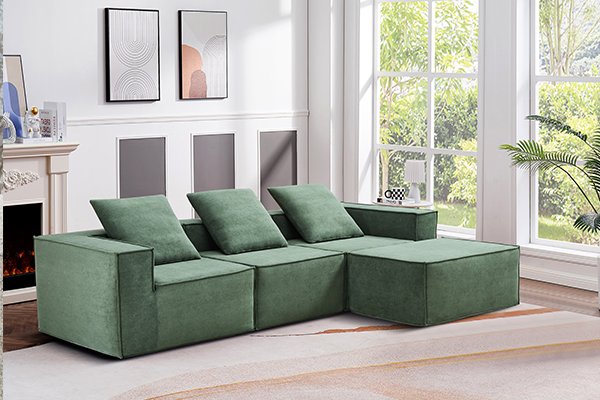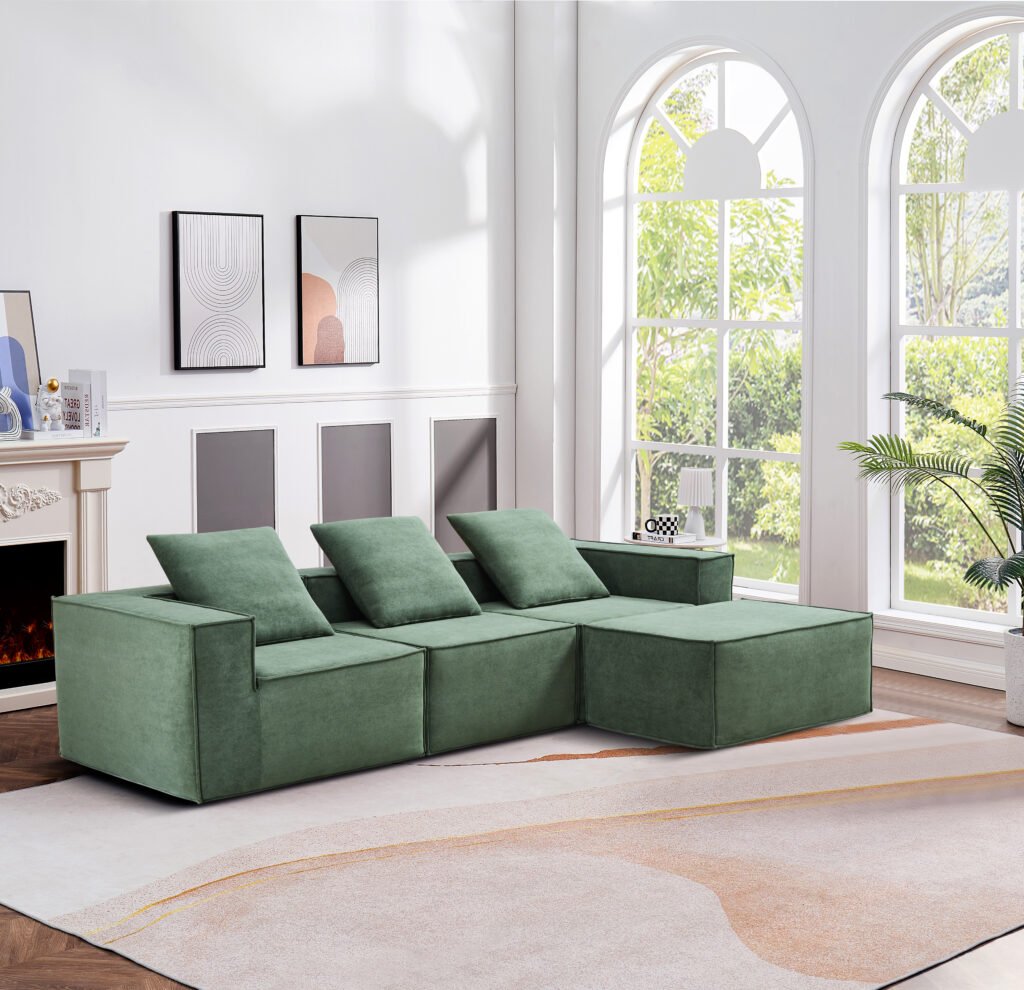
Introduction
Choosing the optimal wrapping material for compress sofas is a critical decision for B2B furniture manufacturers, wholesalers, and logistics providers. Much like the candle industry’s careful selection between tin and glass containers to balance protection, cost, and brand image, the choice between woven fabric and PE (polyethylene) wrap directly impacts product safety, logistics efficiency, sustainability, and customer perception1. This guide provides a detailed B2B comparison of woven fabric and PE wrap for compress sofa packaging, helping you make an informed choice that aligns with your operational and branding goals.
Woven Fabric Wrap: Features, Pros, and Cons
Features:
- Made from interlaced synthetic fibers (often polypropylene or polyester).
- Available in various thicknesses and weights.
- Can be customized with branding or color.
Pros:
- Durability: Highly resistant to tearing and punctures, offering excellent protection during shipping and handling.
- Reusability: Can be reused multiple times, supporting circular economy initiatives and reducing packaging waste.
- Premium Perception: Offers a more upscale, tactile feel—ideal for brands targeting high-end or eco-conscious markets.
- Breathability: Reduces moisture buildup, lowering the risk of mold or odor.
Cons:
- Cost: Generally more expensive than PE wrap, especially for thicker or branded variants.
- Bulkiness: Slightly bulkier than PE wrap, which may marginally reduce container efficiency.
- Customization Lead Time: Printing or color-matching may require longer production cycles.


PE Wrap: Features, Pros, and Cons
Features:
- Made from polyethylene plastic, available in clear or colored films.
- Commonly used in vacuum compression and shrink-wrapping.
Pros:
- Cost-Effective: Lower material and production costs, making it ideal for high-volume, budget-sensitive B2B orders.
- Excellent Seal: Provides airtight, moisture-proof protection—crucial for vacuum-packed compress sofas.
- Lightweight: Minimizes shipping weight and maximizes container utilization.
- Speed: Easy to apply in automated packing lines, supporting high-throughput operations.
Cons:
- Single-Use: Typically not reusable, contributing to packaging waste unless recycled.
- Lower Perceived Value: Lacks the premium tactile and visual appeal of woven fabric.
- Environmental Impact: While recyclable, PE wrap is less sustainable than reusable woven options and may not align with all ESG goals.


B2B Decision Factors: Which Should You Choose?
| Factor | Woven Fabric Wrap | PE Wrap |
|---|---|---|
| Protection | Superior tear/puncture resistance | Good, but less robust |
| Cost | Higher | Lower |
| Sustainability | Reusable, supports circular economy | Recyclable but often single-use |
| Brand Perception | Premium, eco-friendly | Functional, budget-friendly |
| Logistics Efficiency | Slightly bulkier | Lightweight, space-saving |
| Customization | High (color/branding possible) | Moderate (mainly printing) |
Conclusion
For B2B brands prioritizing premium positioning, sustainability, and reusability—such as those targeting high-end retailers or eco-conscious clients—woven fabric wrap is the superior choice, offering robust protection and brand differentiation. For those focused on cost efficiency, logistics optimization, and high-volume throughput, PE wrap delivers excellent value and operational speed, especially in e-commerce and mass-market channels12. Ultimately, the best solution may involve a hybrid approach: using PE wrap for inner vacuum sealing and woven fabric for outer protection and branding, balancing protection, efficiency, and market appeal.